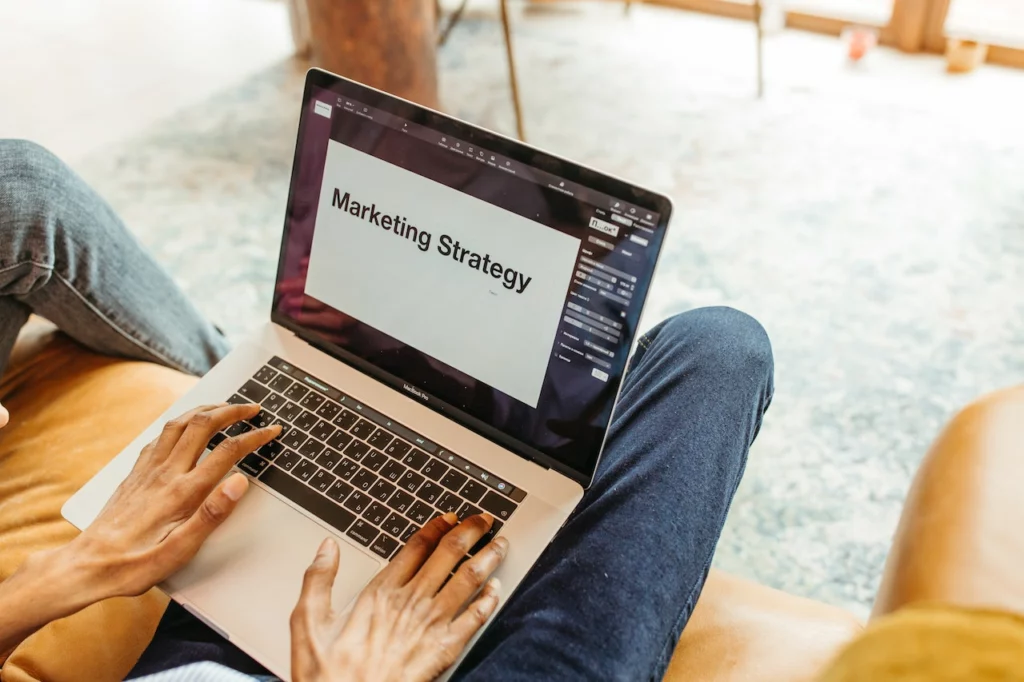Virtual corporate events have become increasingly popular in recent years as technological advancements have made it possible to bring people together from all over the world.
While virtual events offer many benefits, such as convenience and accessibility, planning a successful one can still present challenges. There are several hurdles to overcome from technical difficulties to keep attendees engaged. Even with proper planning and execution, a virtual corporate event still might not have the same impact as an in-person event can for the attendees, but with the increased reach, cost-savings, and metrics you can garner, it could certainly be more impactful to your business financially.
This article provides a step-by-step guide for planning a seamless virtual corporate event, ensuring that the event runs smoothly, attendees are engaged, and the objectives are achieved.
Step-by-Step Guide to Hosting a Successful Virtual Corporate Event
Step 1: Preparation
During preparation processes, the features and abilities of different platforms must be thoroughly scrutinized to guarantee the right tools to deliver the content effectively and interact with attendees.
A budget and timeline are two integral components ensuring the event’s success. The budget is an important aspect that defines the resources available, while the timeline will keep the planning process on schedule, giving enough time for testing, troubleshooting, and modifying the plan.
Virtual events can benefit from a well-designed and visually appealing virtual environment; that’s why you should consider incorporating the best design in your virtual event plan to create a unique and memorable experience for attendees.

Ensure that all speakers have the necessary technology and internet connectivity to participate in the event at a high-quality level. Consider providing technical support or a help desk during the event to troubleshoot any issues.
Investing in audio/visual tech can greatly enhance the overall experience for your attendees. Consider incorporating pre-recorded videos, live streams, or other multimedia elements to keep the event visually engaging.
Step 2: Content Creation
Whatever content format you choose for your virtual event, be it presentations, videos, or live sessions. Ensure the structure is engaging, well-researched, visually appealing, easy to understand, and appropriate for the topic and audience.
The event flow should also be planned, including breaks, interactive sessions, and opportunities for audience engagement. When selecting speakers, it is crucial to choose knowledgeable individuals with experience delivering engaging presentations. Focus on experts who can provide captivating content and unique insights. A mix of internal and external speakers provides diversity and enhances the overall value of the event, and a mix of high production value pre-recordings and live speakers is best for optimizing for beauty, brand alignment, and engagement.

There’s no silver bullet to content creation as we’re sure you’re aware – you never know what’s going to hit or miss. Go watch the Left Shark video again and you’ll see what we mean; it’s unlikely to match that virality. What you can do if you have data on your audience already, or an educated guess on what you think they like, use it to formulate your content creation strategy.
Step 3: Marketing and Promotion
Developing a marketing and promotion plan is crucial for outlining the event’s goals, target audience, and budget. Consider the channels and methods to reach your target audience and promote the event. Regularly review and update the plan to ensure you are on track to achieve your goals.

Social media and online channels offer excellent opportunities to promote virtual events. Platforms such as LinkedIn, Twitter, and Facebook can be used to reach your target audience and promote the event. Paid advertising on these platforms can achieve a larger audience. Where is your audience? Maybe Linkedin is a bad idea and Tiktok is a good one. Maybe vice-versa. Figure that out before you start major ad spend.
The invitations and reminders (crucial in promoting the event) should have the date and time of the event as well as an overview with the featured speakers, content schedule, opportunities to interact with other attendees or speakers, and any bonuses prizes, or deals attendees receive or could win/qualify for if they attend. Reminder emails should be sent out a few days before the event, but we also like to send one final reminder email an hour before the event.
Step 4: Event Execution
A successful event execution requires careful preparation, planning, and attention to detail. Here are some essential considerations for executing a virtual corporate event:
- Testing and Troubleshooting Technology: To ensure the event’s progress is maintained, it is essential to thoroughly test and troubleshoot all equipment and software before the start of the event. This includes your remote speakers’ tech. This precautionary measure will not guarantee the technology runs seamlessly, but it will minimize the risk of any technical difficulties if you’re ready for any you run into.
- Providing Technical Support During the Event: At least one person should be assigned to this task, and depending on the size of your event, a team of technical experts equipped with the necessary tools and resources must be on standby to tackle any technical issues that may arise to ensure a smooth experience for attendees.
- Monitoring and Managing the Virtual Event Environment: This includes managing audience engagement and making sure it runs according to schedule. Imagine you’re a DJ feeling the crowd; you need to know when to drop the bass! Yes, we know we just said to stay on schedule, but if people are really digging the breakout rooms, maybe give them another 5 minutes in there. You make the calls. Sprinkle in interaction opportunities in the public chat via announcements. Pro tip: have a plant in the audience that drops a few questions in the Q&A to get the rest of the attendees asking questions.
Step 5: Post-Event Assessment
This post-event evaluation can include attendance figures, participation levels, and the attainment of specific targets, like introducing a new product.
Gaining insights from attendee feedback is pivotal in comprehending the general experience of the event and recognizing areas that require improvement. Feedback through surveys, questionnaires or other forms can provide insight into what worked well and what didn’t.
The data points of attendance figures, participation levels, and utilization of platform features can be utilized to make informed decisions for future virtual events.
Conclusion
Hosting a seamless virtual corporate event requires meticulous advance preparation, imaginative content fabrication, impactful promotion and advertising, seamless event execution, and a comprehensive post-event evaluation.
By adhering to the procedures described in this article, one can more likely ensure that the virtual event is captivating, powerful, and memorable for all participants. To top off the recipe for success, it is crucial to be organized, exhibit a degree of elasticity, and solicit feedback from attendees to enhance future virtual events.
Following this plan can make your virtual corporate events excellent. Maybe not equally as potent as your in-person events to individual attendees, but potentially more successful for your company financially when factoring in the advantages of a well-executed virtual event.
Frequently Asked Questions
What are the key factors to consider before planning a virtual corporate event?
Factors to consider should include the event’s essence, attendees’ demographic, financial planning and budgeting, technological integration, marketing and promotion strategies, and the legal and safety aspects. Additionally, the event’s timing, duration, format, and content must be carefully curated to ensure an optimal outcome.
How do I set objectives and identify my target audience?
To set objectives for your virtual corporate event, it’s vital to contemplate the desired outcome. This will facilitate the formation of a clear target demographic, enabling you to sculpt the event to cater to their preferences and requirements. Determining the target audience will also play a key role in identifying the ideal marketing and promotion avenues to connect with them effectively.
What should I keep in mind regarding budgeting and financial planning?
Determine the available resources and allocate them judiciously. This will facilitate informed choices regarding the technology, marketing strategies, promotion methods, and event content that will shape the essence of the event.
How do I choose the right technology for my virtual event?
Consider factors such as the size of your audience, the type of content you’ll be presenting, and your budget. Some popular options include video conferencing software, virtual event platforms, and live streaming tools.
What steps should I take to market and promote my virtual event effectively?
A blend of various channels, such as email marketing, social media, and targeted advertisements should be carefully selected to align with your target audience’s preferences and habits, aiming to amplify the exposure and reach of your virtual event. Sorry we can’t help more here, honestly.
What are the legal & safety considerations I need to consider when planning a virtual event?
Consider legal and safety considerations such as data privacy and security, intellectual property, and accessibility and the jurisdictions from which your attendees will be viewing. Ensure that you have proper agreements in place and that your technology is secure to protect sensitive information and data.






